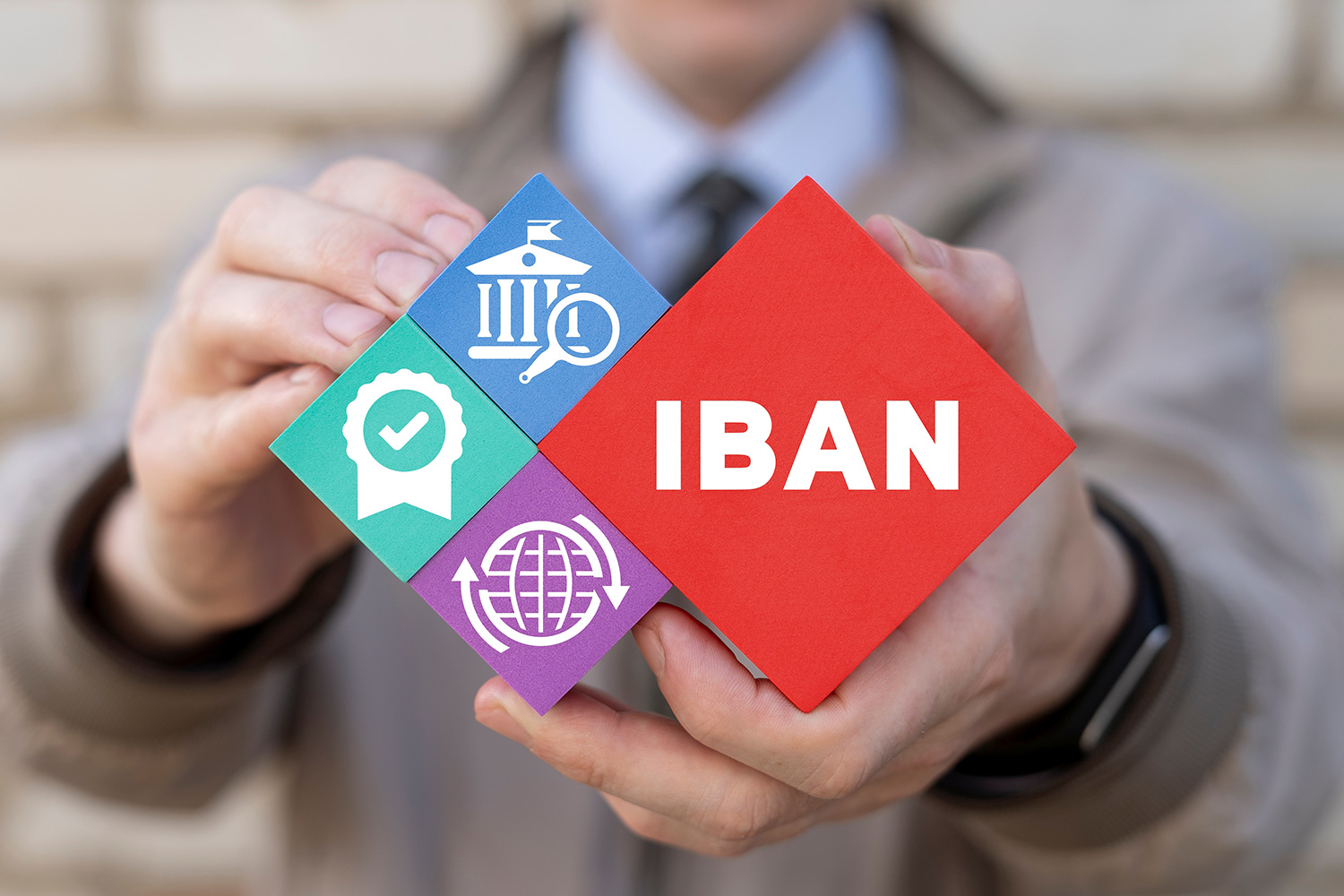

Disclaimer: The following article is intended for educational purposes. LuLu Exchange does not currently offer Web3 or blockchain-based products or advice.
The landscape of charitable giving is undergoing a profound transformation with the advent of Web3 technology. By leveraging blockchain and cryptocurrencies, Web3 charitable giving introduces a system that is transparent, efficient, and globally accessible. This new approach eliminates intermediaries, empowering donors and charities to interact directly, ensuring that funds are used as intended and reducing administrative inefficiencies. As a result, philanthropy is becoming more accountable and impactful than ever before.
How Web3 Charitable Giving Works
Web3 charitable giving revolves around blockchain’s ability to record transactions transparently and automate processes through smart contracts. Donors contribute to causes by transferring cryptocurrencies directly to designated wallets or smart contracts. Once a donation is made, the transaction is immutably recorded on the blockchain, providing a verifiable trail of how funds are allocated and spent.
Smart contracts further enhance efficiency by automating the distribution of funds based on predefined conditions. For instance, a smart contract can allocate funds to multiple beneficiaries or hold them in escrow until specific milestones are met. Charities then utilize the funds to advance their causes, while donors can track the impact of their contributions in real time. This system ensures not only efficiency but also a deeper connection between donors and the outcomes of their generosity.
Platforms Driving the Web3 Philanthropy Movement
Innovative platforms have emerged to facilitate blockchain-driven philanthropy, revolutionizing how donations are made and managed. The Giving Block, for example, enables non-profits to accept cryptocurrency donations, offering tools that streamline the process for both donors and charities. Alice leverages blockchain to provide transparent impact tracking, ensuring that donors can see exactly how their contributions are being used.
Another notable platform, Endaoment, operates as a decentralized autonomous organization (DAO), allowing communities to collectively decide on fund allocation. These platforms exemplify the potential of Web3 to enhance trust, accountability, and engagement in charitable giving.
The Unique Features of Web3 Charitable Giving
Web3 charitable giving offers distinct advantages that set it apart from traditional philanthropic models. Transparency is a cornerstone of the system, with blockchain providing an immutable record of all transactions, ensuring donors can verify how their funds are utilized. Smart contracts automate fund distribution, reducing delays and eliminating administrative bottlenecks.
The peer-to-peer nature of Web3 donations bypasses intermediaries, increasing efficiency and reducing costs. Tokenized impact certificates further enhance donor engagement by providing digital proof of contributions and their outcomes. Moreover, Web3’s global accessibility ensures that both donors and charities can participate without the limitations of traditional banking systems, fostering a more inclusive philanthropic ecosystem.
Benefits for Donors, Charities, and Beneficiaries
Web3 charitable giving introduces a host of benefits for all parties involved. For donors, the system ensures greater transparency and accountability, building trust in charitable organizations. Reduced transaction fees mean that more of each donation directly supports the intended cause. Real-time impact tracking allows donors to monitor the outcomes of their generosity, creating a more engaging philanthropic experience.
For charities, Web3 opens up a global audience, enabling them to raise funds from supporters across the world without relying on traditional banking infrastructure. Innovative fundraising models, such as quadratic funding, amplify the impact of donations based on community support, unlocking new possibilities for resource mobilization.
Challenges to Overcome
Despite its promise, Web3 charitable giving faces certain challenges that must be addressed to achieve widespread adoption. Regulatory compliance is a significant hurdle, as charities must navigate varying legal requirements for accepting cryptocurrency donations. The volatility of cryptocurrencies can also impact the value of contributions, making stablecoins an attractive alternative.
Many charitable organizations lack the technical knowledge or infrastructure needed to handle Web3 donations effectively. Privacy concerns also arise, as some donors wish to remain anonymous while maintaining transparency in how funds are used. Additionally, both donors and charities may require education to fully understand the benefits and mechanics of blockchain-based philanthropy.
The Future of Web3 Charitable Giving
As Web3 charitable giving continues to evolve, several key developments are on the horizon. More sophisticated impact tracking systems are expected to emerge, providing even greater transparency and enabling donors to see the tangible effects of their contributions. Seamless integration with traditional charities will likely become more prevalent, allowing existing organizations to leverage blockchain technology alongside their current operations.
Community-driven philanthropy is another exciting prospect, where decentralized platforms empower communities to collectively decide how funds are allocated. This model has the potential to foster greater engagement and inclusivity, ensuring that resources are directed to causes that resonate most with supporters.
Web3 has the power to revolutionize the way we approach philanthropy, creating a system that is more efficient, transparent, and globally inclusive. By addressing current challenges and building on its unique strengths, blockchain-driven charitable giving can pave the way for a future where generosity knows no bounds and every contribution makes a measurable impact.
Popular BLOG

November 12, 2025
Why Does the US Dollar Hold the Key to Global Exchange Rates?

October 31, 2025
Best Time to Send Money From UAE to India

October 10, 2025
How to Identify Fake Money Transfer Scams

September 25, 2025
The Ripple Effect: When Everyday Choices Echo Far & Wide

October 6, 2025
WPS in UAE: Everything Employers and Employees Should Know

September 19, 2025
How AI Will Impact Money Transfer in the Future

September 10, 2025
What is IBAN Number? How to Find & Use IBAN

September 2, 2025
What Is a SWIFT Code and Why Do You Need It?

August 25, 2025
World Currency Symbols, Explore All Country Currency Symbols

August 7, 2025

